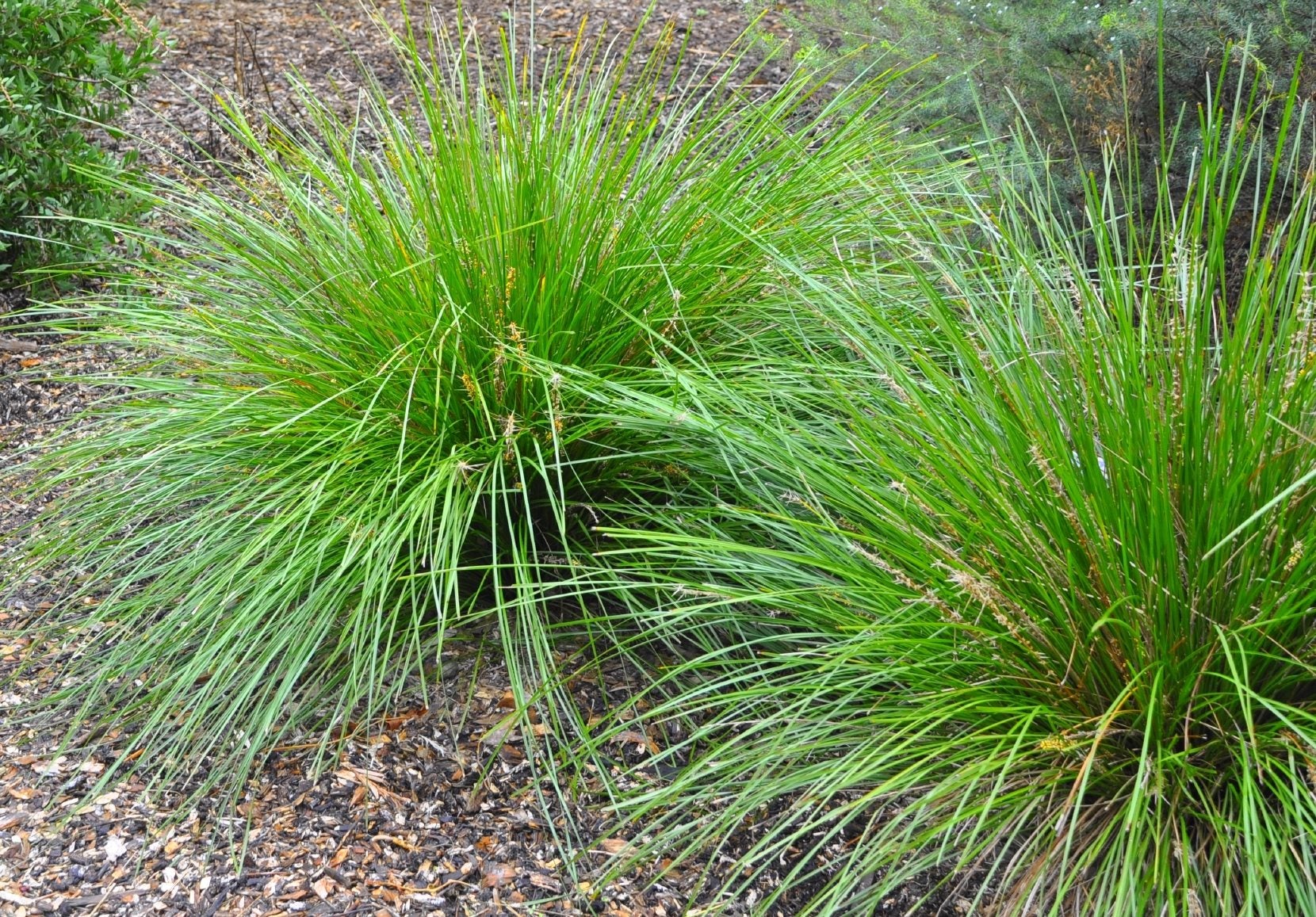Propagating Decorative Grasses: How To Propagate Ornamental Grass


The sway and rustle of ornamental grasses produce not only graceful beauty but a symphony of soothing sound. In most cases, dividing ornamental grasses is recommended every few years once they are established. This gives you the "2 for the price of 1" effect that budget minded gardeners appreciate, as well as increases and enhances the growth of the plants. Ornamental grass propagation is easiest with this method, but some produce well with seed. Some notes on how to propagate ornamental grass will get you on your way to more free plants and a tumult of waving blades and gentle landscape movement.
Ornamental Grass Propagation
I have a little area I call my "Pointy Garden." This is where all my ornamental grasses reside and provide an effective border and xeriscape ease. Every few years, the plants need to be dug up and divided. It is often obvious when this needs to be done, as the grass may have a dead patch in the center or simply fail to produce a thick crown of leaves. Propagation of ornamental grasses is through this division or from volunteer plants that have come from the prolific seed of many popular varieties.
How to Propagate Ornamental Grasses with Seed
Many grasses produce flowering stems that are also attractive and full of feathery seeds. Ornamental grass propagation through seed is fairly easy. Collect seed when they are dry, usually in fall. Take the whole stem and allow the flower stalk to dry in a cool, dry place. You may choose to store them, but the best germination is with fresh seed. Surface sow in good potting soil with just a dusting of sand on top. Water until the container is evenly moist and then place in a plastic bag or top with a plastic dome. Germination differs by species, but once you have seedlings with two sets of true leaves, transplant them to larger pots to grow on. Harden them off in spring and install them in prepared containers or beds.
Dividing Ornamental Grasses
Seed is not the only method of propagating decorative grasses. A faster and more reliable method for the propagation of ornamental grasses is through division. Many perennial plants benefit from division. You simply dig up the plant when it is going dormant and cut it into two or more sections with healthy roots and leaves. Use very clean, sharp implements to make your cuts and discard any rotten or dead plant matter and roots. Replant immediately and keep moist as the disturbed piece settles into its new home. By doing this, you can increase your stock of ornamental grasses every few years. Variegated forms need to be propagated by division in order to preserve the variegation. Variegated ornamental grass propagation will result in plain leaves, unlike the parent plant. Only cloning the plant material will retain the attribute.
Care After Propagating Decorative Grasses
Seeded species may be better off raised in containers for one to two years until they are large enough to fend for themselves. Actual care will depend upon the species, as some prefer dry conditions and others need consistent moisture. Follow the same cultural care required by the parent plant. In all cases, keep competitive weeds from around the root zone and add a layer of organic mulch to protect roots and rhizomes in cold temperatures and conserve moisture. Divided plants may grow in containers or in-ground. Watch carefully for stress from sun, insects, and diseases, like fungal issues. Most propagation of ornamental grasses is straightforward and takes no special skill but has exponential rewards.
Gardening tips, videos, info and more delivered right to your inbox!
Sign up for the Gardening Know How newsletter today and receive a free copy of our e-book "How to Grow Delicious Tomatoes".

Bonnie Grant is a professional landscaper with a Certification in Urban Gardening. She has been gardening and writing for 15 years. A former professional chef, she has a passion for edible landscaping.
-
 Looking For Plants To Give You The Soft And Fuzzies? Try These 5 Fuzzy Leaf Plant Options
Looking For Plants To Give You The Soft And Fuzzies? Try These 5 Fuzzy Leaf Plant OptionsLovers of texture, drama, silver foliage and tactile plants will adore these special sensory garden additions. These fuzzy leaf plant options will leave you all aglow
By Susan Albert
-
 Get Ready For A Summer Of Hummers! Grow These Full Sun Hummingbird Plants and Flowers
Get Ready For A Summer Of Hummers! Grow These Full Sun Hummingbird Plants and FlowersIf you’re lucky enough to enjoy a sunny backyard, make sure you are maxing out on your pollinator opportunities and grow these full sun hummingbird plants and flowers
By Tonya Barnett